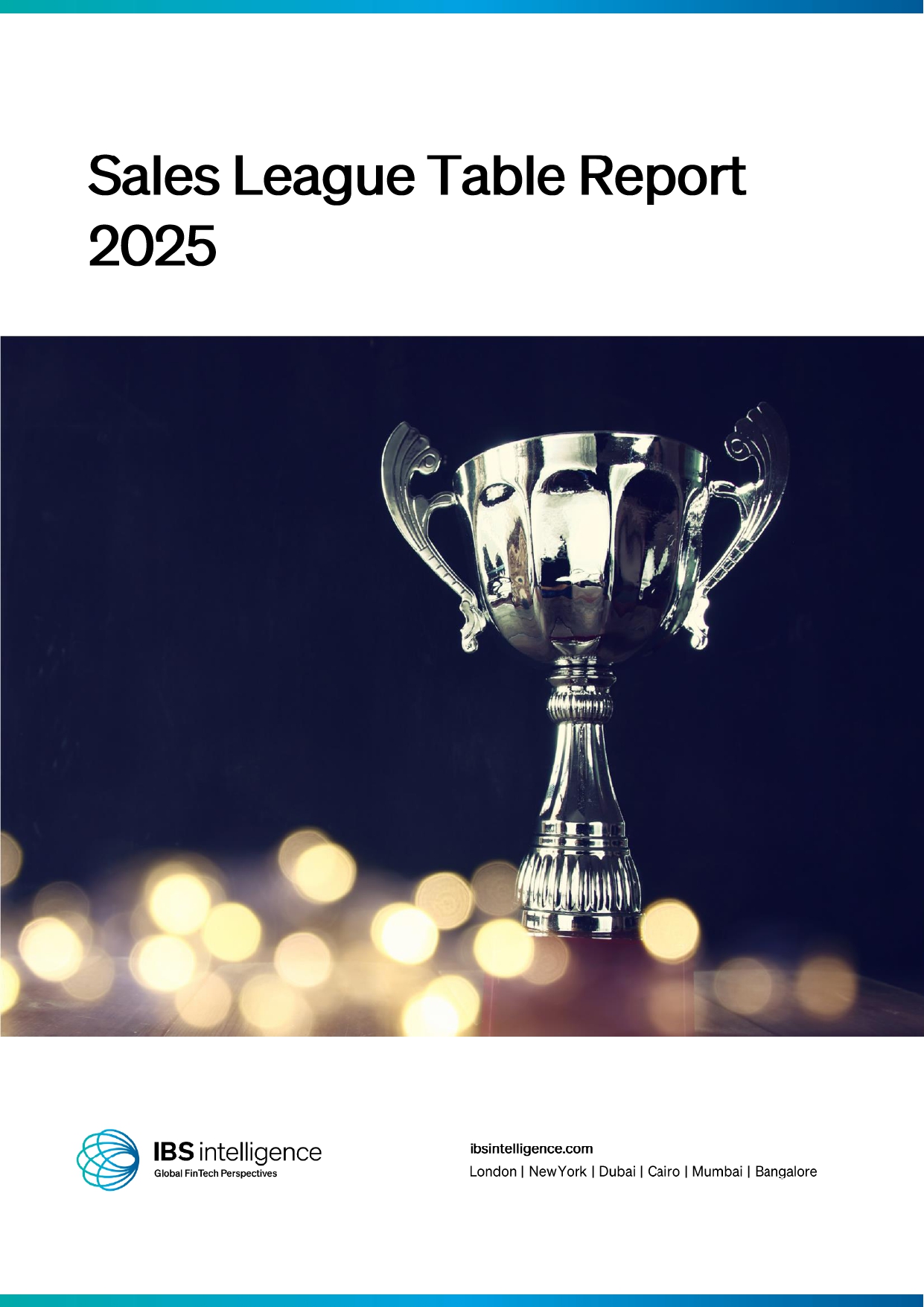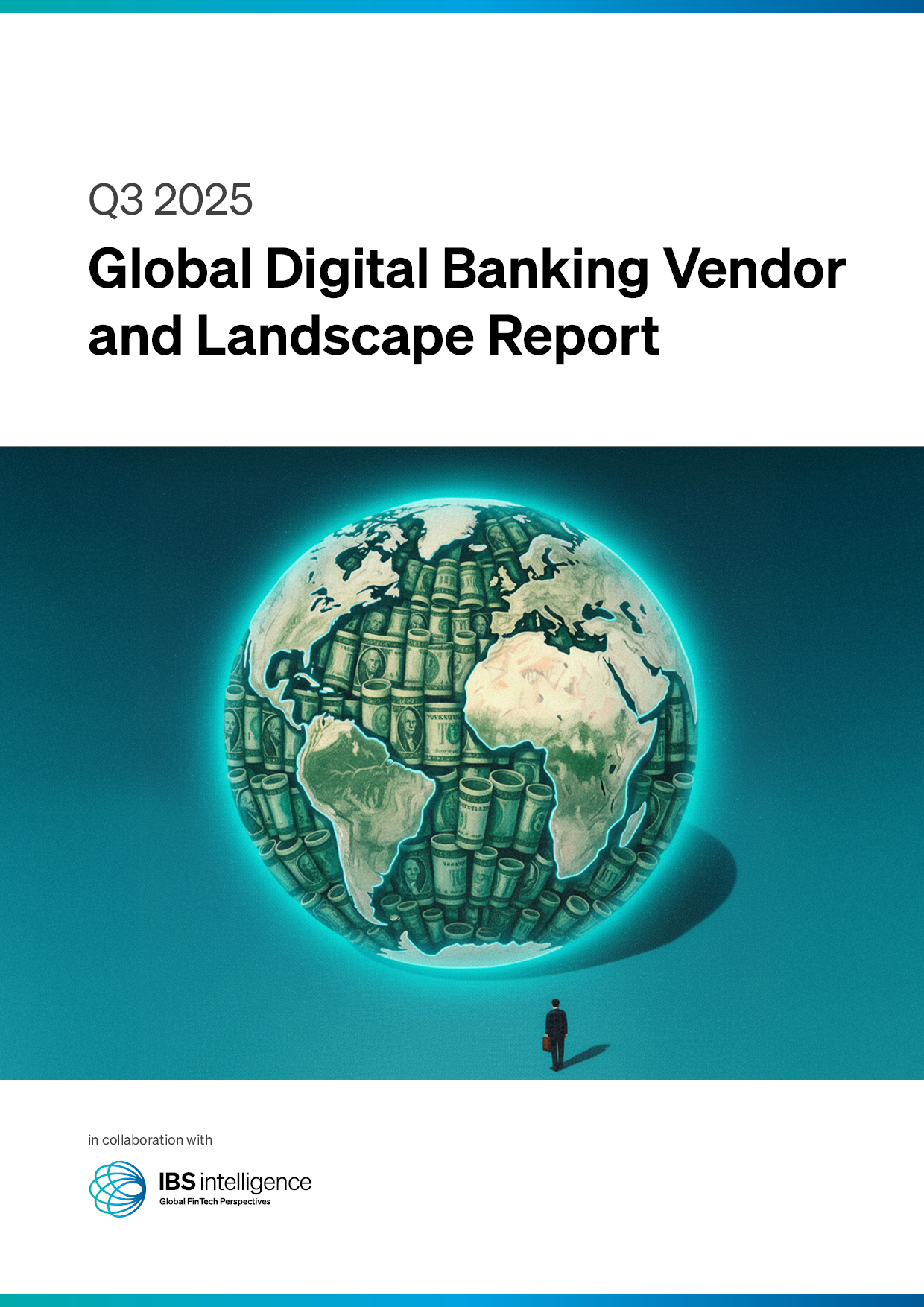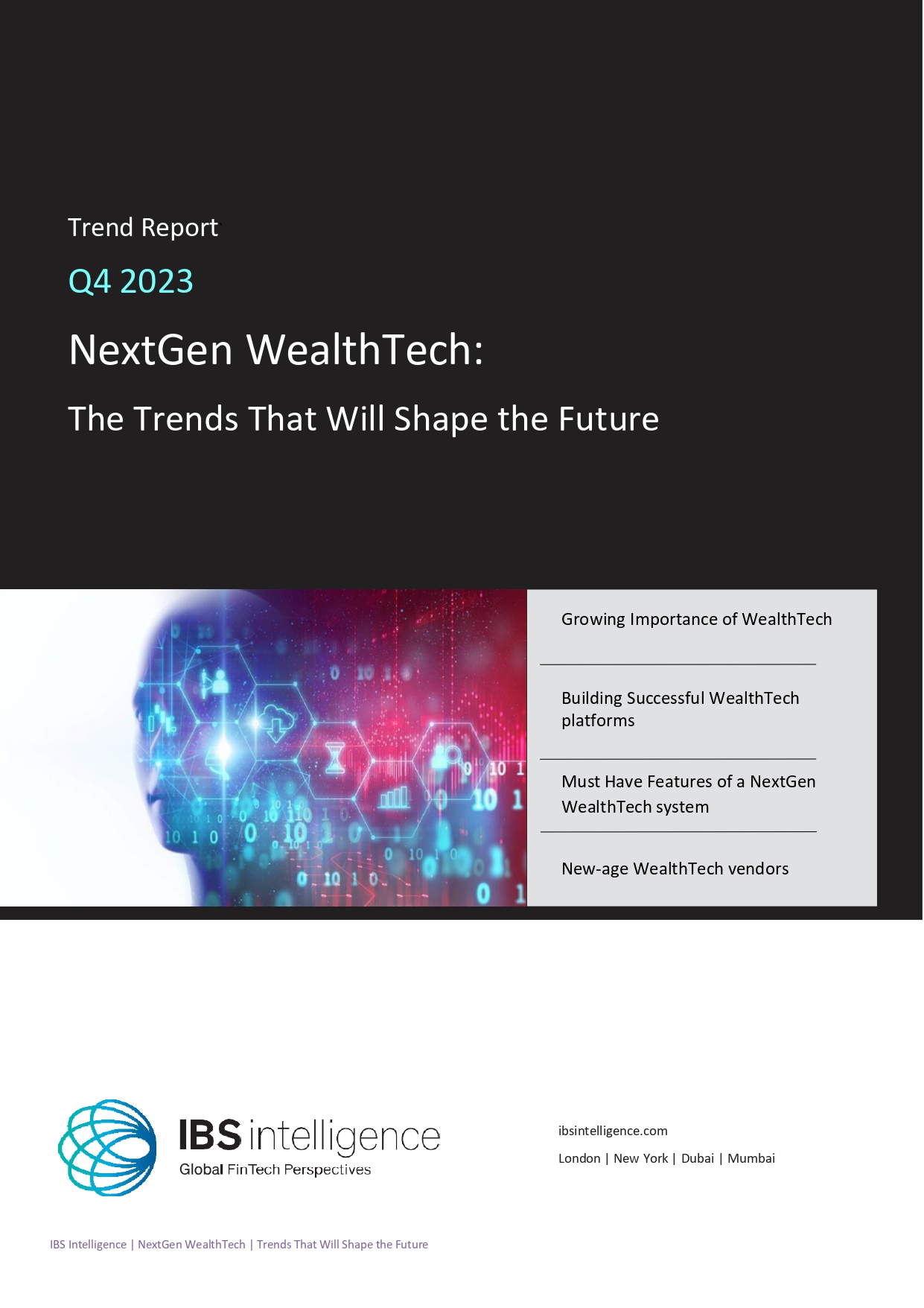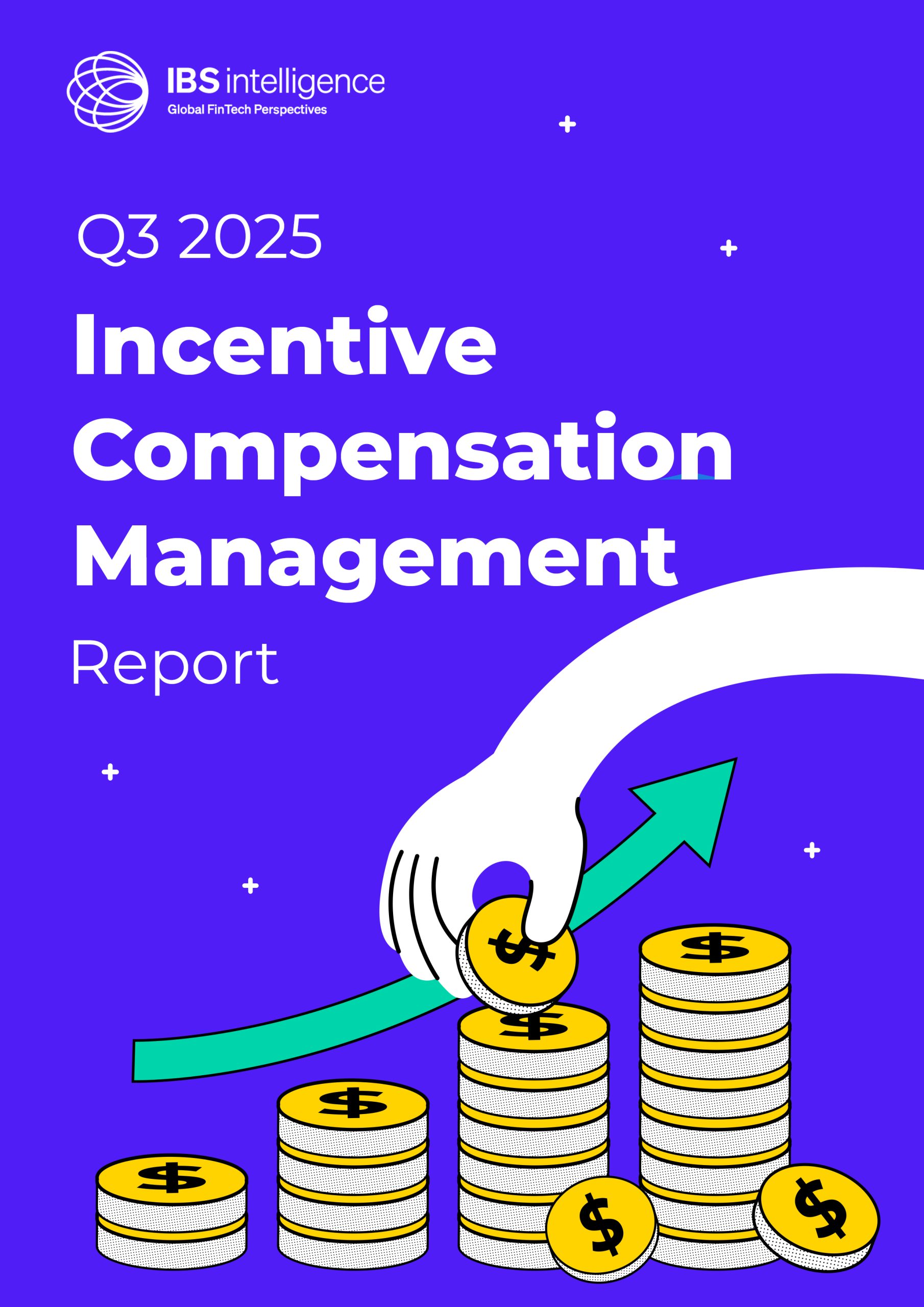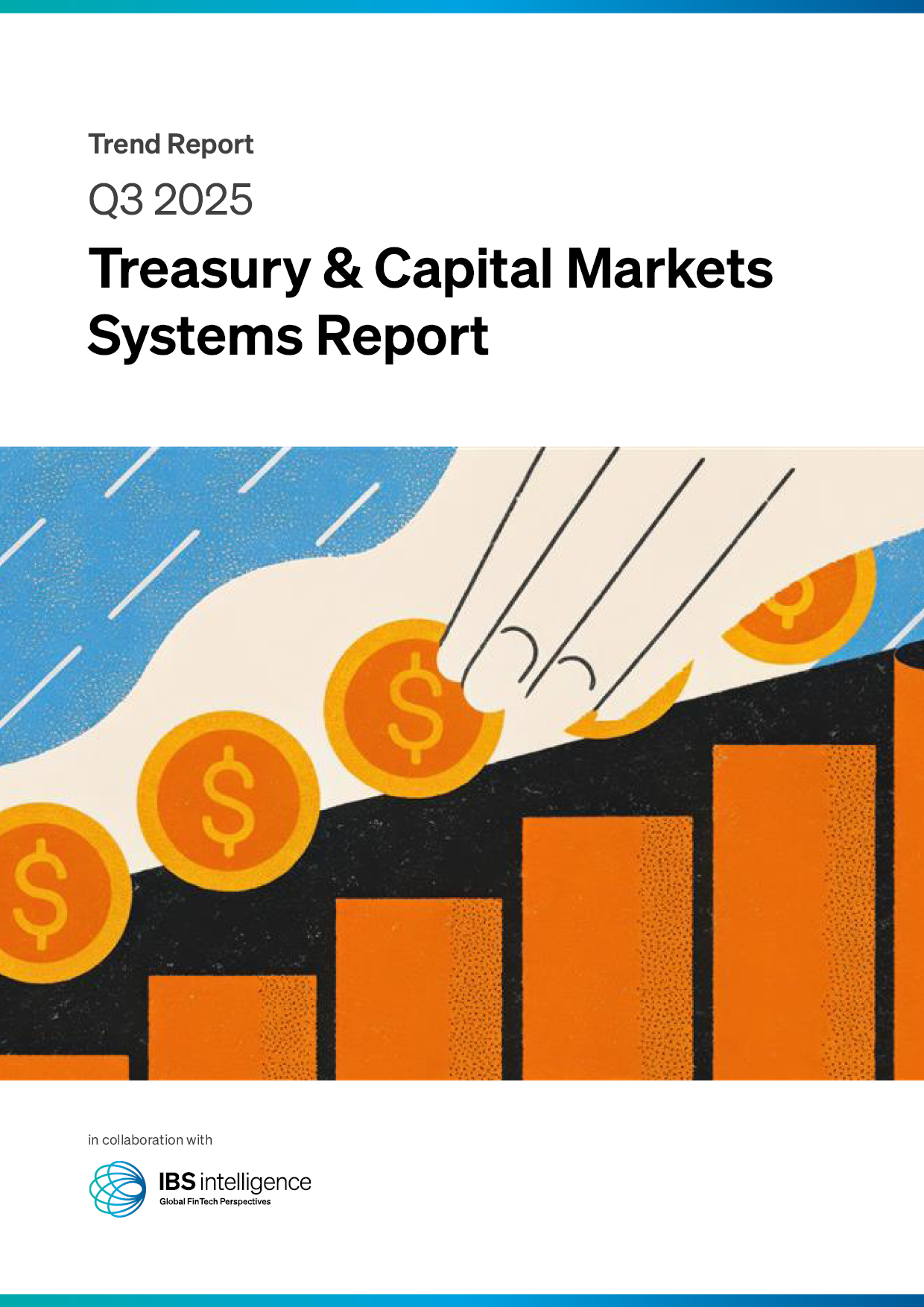 Back
Back
Why a custom gTLD could be your brand’s ultimate trust signal

By Vinay Singh, Co-founder and CEO, LdotR
In the financial services sector, trust is not just a value proposition; it is the very foundation of customer relationships. Banks, insurers, payment providers, and FinTechs operate in an environment where consumer confidence can be eroded with a single phishing attack or data breach. While cybersecurity investments have scaled in recent years, one often-overlooked asset, the domain name, has emerged as a powerful yet underutilised trust signal. Specifically, the rise of custom generic Top-Level Domains (gTLDs), or dotbrand (dotbrand) domains, is transforming how enterprises establish authenticity in the digital economy.
The trust deficit in financial services
Customers are increasingly sceptical of digital interactions. According to the 2024 Cybercrime Report by the FBI’s Internet Crime Complaint Centre (IC3), phishing remains the most reported cybercrime globally, with losses running into billions of dollars. In finance, fraudulent websites that mimic trusted institutions routinely trick consumers into sharing sensitive data. This creates a dual challenge: protecting customers while safeguarding the institution’s reputation.
Traditional defensive measures SSL certificates, two-factor authentication, and fraud detection systems, are necessary but not sufficient. They address the symptoms of online fraud, not the root cause: the lack of a clear, verifiable identity signal that instantly tells users they are on the authentic digital property of a brand.
Enter the dotbrand gTLD
A custom gTLD, often called a dotBrand, is a top-level domain string that is owned and operated exclusively by a brand. Instead of competing for names under generic extensions like .com or .net, an enterprise can apply for and control its own extension, such as bankname or financial organisation.
Every domain under this namespace (e.g., loans bankname or invest bankname) is guaranteed to belong to the brand, eliminating the possibility of third-party misuse.
In the financial services sector, this model is already being adopted. For example, Barclays operates its secure services under .barclays (e.g., home.barclays), ensuring customers always know they are on an authentic site. Similarly, BNP Paribas uses .bnpparibas across multiple geographies. These real-world implementations demonstrate how fi nancial institutions are leveraging dotBrands to reinforce digital trust, reduce phishing risks, and streamline their digital identity.
The implications for trust are profound. Phishers cannot obtain domain registrations within a brand-owned gTLD, reducing the attack surface dramatically. Customers gain a simple heuristic: if the site ends with the brand’s gTLD, it is authentic. Over time, this reinforces digital trust more effectively than logos, disclaimers, or even padlock icons in browsers.
Beyond Security: Differentiation and Control
For financial institutions, the benefits of a dotbrand domain extend beyond cybersecurity. It creates strategic differentiation in a crowded market. Just as a premium office address in a financial hub signals credibility in the physical world, a dotbrand domain signals digital leadership.
Moreover, custom gTLDs give enterprises greater control over their digital identity. Brands can structure domain portfolios logically (retail.bankname, corporate.bankname, payments.bankname) and retire redundant third-party domains. This consolidation reduces costs, simplifies portfolio management, and improves discoverability.
Early Movers and Global Momentum
Leading global organizations, including those in banking and financial services, have already adopted the dotbrand model. Some have migrated core customer portals, while others use their gTLD for marketing campaigns, digital wallets, or investor relations microsites. Each initiative underscores the same principle: a closed, brand-owned namespace offers unparalleled authenticity.
The trend is gaining traction as regulatory bodies and consumer advocates emphasize stronger measures against fraud. In sectors where compliance and consumer protection are non-negotiable, a dotbrand is not just a marketing asset it is an operational safeguard.
Why Financial Institutions Should Act Now
The window for securing a custom gTLD is time-sensitive. ICANN, the global body governing domain names, periodically opens application rounds for new gTLDs. The next application cycle is expected to see strong demand from forward-looking enterprises across industries. Financial institutions that delay risk being outpaced by competitors who adopt dotbrand early, shaping consumer expectations for digital trust.
Incorporating a dotbrand into the broader digital trust strategy aligns with the sector’s focus on resilience, risk management, and customer experience. It ensures that every digital touchpoint—whether mobile apps, online portals, or emerging Web3 environments operates under a trust-first architecture.
The Road Ahead
As digital ecosystems expand, financial brands cannot afford to treat domain names as mere technical infrastructure. They are evolving into strategic assets for trust, reputation, and growth. A custom gTLD is the clearest, most enduring signal that customers are engaging with the authentic institution not an imposter.
In a world where cybercriminals innovate daily and consumer skepticism is rising, financial enterprises must ask themselves: What is the ultimate trust signal we can offer our customers? For many, the answer lies in owning their name at the root of the internet through a dotbrand gTLD.
IBSi News
Get the IBSi FinTech Journal India Edition
- Insightful Financial Technology News Analysis
- Leadership Interviews from the Indian FinTech Ecosystem
- Expert Perspectives from the Executive Team
- Snapshots of Industry Deals, Events & Insights
- An India FinTech Case Study
- Monthly issues of the iconic global IBSi FinTech Journal
- Attend a webinar hosted by the magazine once during your subscription period
₹200 ₹99*/month
* Discounted Offer for a Limited Period on a 12-month Subscription
IBSi FinTech Journal
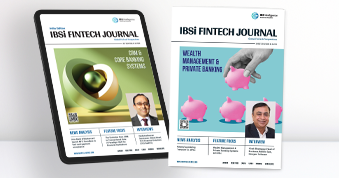
- Most trusted FinTech journal since 1991
- Digital monthly issue
- 60+ pages of research, analysis, interviews, opinions, and rankings
- Global coverage
Other Related Blogs
November 28, 2025


